Environmental Engineering Reference
In-Depth Information
Notification of
stakeholders
Data storage
Monitoring
Detection
Diagnosis
Assessment
Action
Follow-up
Interim management
response
Fig. 11.1
A generic response framework for control of an invasive species.
Detection and diagnosis sets off initial assessment of the status of the invasive
species, including delimitation, evaluating operational options, funding
arrangements, and interim management. Once operational control methods are
decided upon, action is taken to suppress the invader and linked to a monitoring
programme.
terrestrial and aquatic environments, and an even greater fraction of estimated
biodiversity (Hawksworth and Kalin-Arroyo 1995), it is curious that they make
up only 26% of the listed 100 of the world's worst invaders (17 terrestrial, nine
aquatic; Lowe
et al
. 2000) and just 20% (10% for aquatic and terrestrial inver-
tebrates, respectively) of the 485 species listed on the Global Invasive Species
Database (GISD; ww.issg.org/database). h is suggests that invertebrates, in both
terrestrial and aquatic habitats, are either under-represented among invasive spe-
cies or that their variety and importance are under-emphasized by invasion biolo-
gists, managers, and policymakers. We think that the latter is much more likely.
h e increasing recognition of ants as key biological invaders of natural environ-
ments reinforces this point.
Hundreds of ant species have been moved by humans across biogeographic bar-
riers (McGlynn 1999; Wilson 2005) so it is not surprising that ants fi gure prom-
inently among lists of invasive invertebrates. For example, fi ve species (
Anoplolepis
gracilipes
,
Linepithema humile
,
Pheidole megacephala
,
Solenopsis invicta
, and
Wasmannia auropuncata
) are listed as among 100 of the world's worst invaders
(Lowe
et al
. 2000) and ants comprise 3% of all invasive species listed on the GISD.
h is prominence is probably recognition that key features of ants, including soci-
ality, may lead to a greater capacity to dominate as invaders (Passera 1994; Moller
1996). h is subset of invasive ants share overlapping attributes that increase the
probability of transport, survival, establishment, and spread (Holway
et al
. 2002;
Tsutsui and Suarez 2003; Suarez
et al
. 2005), and high impact (Davidson 1998).
Many of these invasive ants form expansive supercolonies with high, sustained
densities of worker ants that extend from hectares to many square kilometres
(Tsutsui and Suarez 2003). h is key attribute leads to major impacts on natural
ecosystems (Holway
et al
. 2002). h is may be especially so on islands, where native













